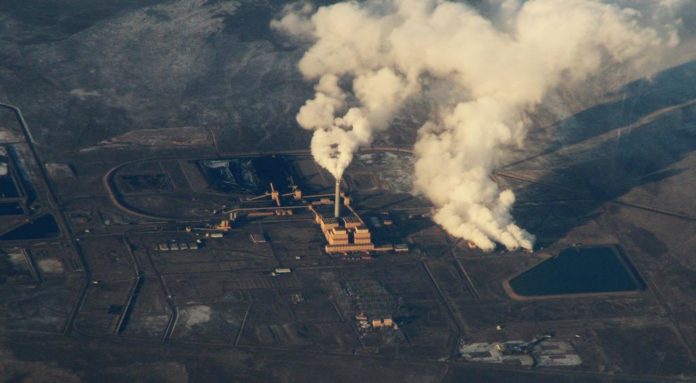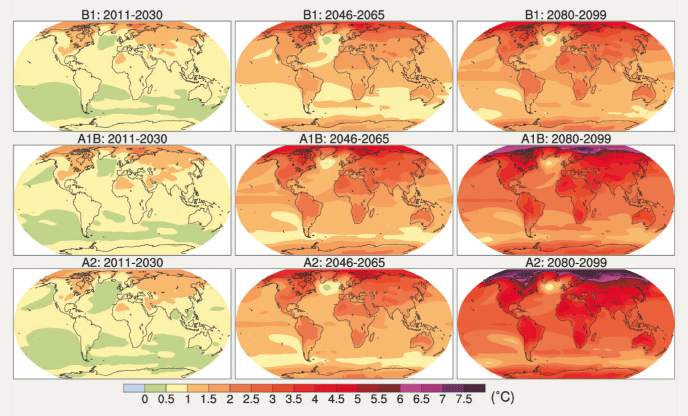‘Heat stress’,the effect on the human body,rises at a faster rate than temperature, partly because warmer air can hold more moisture. Humid air absorbs more liquid at a slower rate so human’s main method of cooling down, sweating, is less effective.
Global megacities like Kolkata could face annual deadly heat waves like the one that claimed over 2,000 lives in India in 2015, even if global warming is halted at the levels struck under the Paris deal, scientists have warned.
Nations supporting the 2015 Paris Agreement have pledged to limit global warming to below 2 degrees Celsius above preindustrial levels.
An analysis of 44 of the 101 most populous “megacities” showed that the number of cities experiencing heat stress doubled with 1.5 degrees Celsius of warming, researchers said.
The trend would potentially expose more than 350 million additional people to heat stress by 2050, if population continues to grow as expected, researchers said.
Even if global warming was restricted to 2 degrees Celsius, cities such as Karachi in Pakistan and Kolkata in India could experience deadly heatwaves like the one which killed more than 3,400 people in 2015 on an annual basis, scientists said in an academic paper.
“As the climate warms, the number and intensity of heat waves increases,” said Tom Matthews, a climatologist at Liverpool John Moores University in the UK.
“Research has shown this to be the case for the global warming experienced to date, and our research is the latest to show that we can expect even larger increases as the climate continues to warm,” Matthews was quoted as saying by ‘Health Day’.
Global warming is the scientific evidence that temperatures of the near surface Earth atmosphere are rising, and that “higher temperatures threaten dangerous consequences, on planet Earth, like drought, disease, floods, lost ecosystems.”
this is how global warming will look like.
Arctic has been warming much faster than tropical climates – the island of Svalbard, for example was 6.5 degrees celsius warmer last year compared to the average between 1961 and 1990. The land has also been warming faster than the sea.
The researchers, from Liverpool John Moores University, Loughborough University, and Maynooth University in Kildare, said warming of 1.5C or 2C had been described in a way “modest enough for the urgency of the situation to be lost on non-experts”.
“Such interpretation may downplay the risk of climate change, which in turn, could make individuals less willing to take action to reduce climate change,” they wrote.
These heat waves are particularly threatening to large cities containing lots of heat-absorbing asphalt and concrete, not to mention huge populations, said Georges Benjamin, executive director of the American Public Health Association.





























“Global warming is the scientific evidence that temperatures of the near surface Earth atmosphere are rising”
No it is not, because they are not. Temperatures in the 20’s and 30’s were as warm if not warmer. There was less ice in the Arctic then than now, although they didn’t have satellites then.
“An analysis of 44 of the 101 most populous “megacities” showed that the number of cities experiencing heat stress doubled with 1.5 degrees Celsius of warming, researchers said”
This is computer simulation, programmed to come up with the answer you thought of in the first place.
“the island of Svalbard, for example was 6.5 degrees celsius warmer last year compared to the average between 1961 and 1990. ”
1961-90 was one of the coldest periods of the 20th century, when ice extent in the Arctic increased massively. Any comparison will show warming. This is easily verifiable for those wanting to read behind the headlines and you don’t need to visit any so-called “denier” sites to do so.